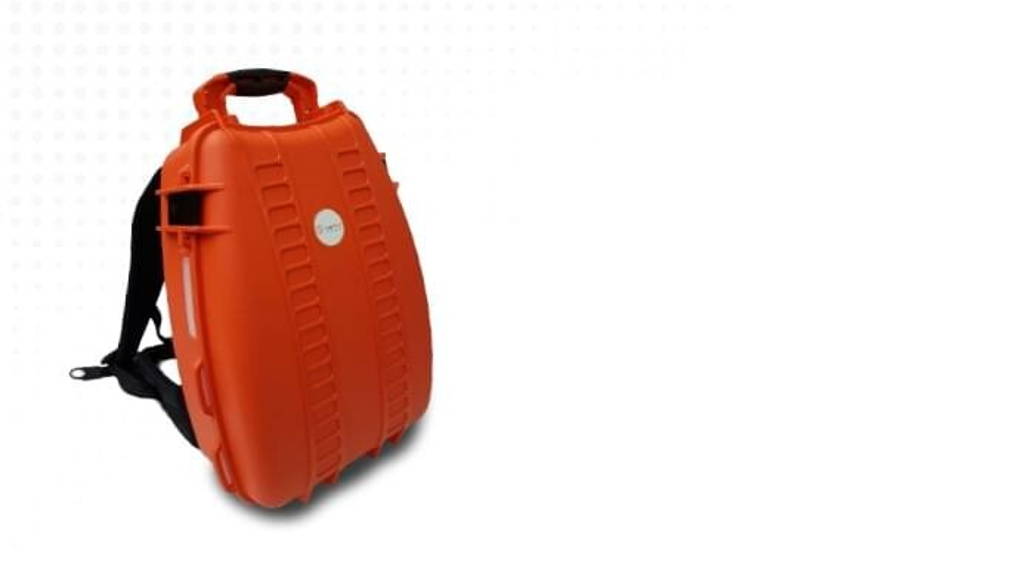According to Mobihealthnews, the lightweight backpack contains four high-gain antennae, two modems, a rugged tablet, a fifteen-hour battery, and various tools like stethoscopes and ultrasounds. The idea is that paramedics and home healthcare workers can increase the amount of care they are able to provide via telemedicine. This in turn diminishes the need for expensive emergency department visits.
Of course the backpack has uses beyond helping first responders. An example is doctors making preventative visits to people with known chronic conditions who might have a hard time getting to the hospital, or for nursing homes that want to cut down on unnecessary hospital visits.
With the DOT Telemedicine Backpack, the idea is to be able to do that triage in the field, Urdan says. “So you send the patient where they need to go, once. For that kind of thing it’s a pretty cool application. If you save one helicopter flight, you’ve just paid for the whole system.” For connectivity SwyMed partners with Verizon in the operators priority program.
Support first responders
Basically, SwyMed wants to help first responders with reducing the need for longer, complicated interactions with medical specialists, COO Jeffrey Urdan tells MobiHealthNews. "What do you today? You dial on the radio, call on the phone, you describe what you see, the doctor kind of makes the best guess at what you’re describing and it’s just a longer, more complicated interaction. With this technology, you walk into the house with a backpack, you fire up a video conference, and the doctor can interact with the patient directly. The doctor is in the kit."Of course the backpack has uses beyond helping first responders. An example is doctors making preventative visits to people with known chronic conditions who might have a hard time getting to the hospital, or for nursing homes that want to cut down on unnecessary hospital visits.
Reducing travel
Urdan says that its working together with Texas Tech on a program to reduce the need for patients to go to the nearest hospital – which can be a long ride in Texas"The current standard of care is to go to the closest hospital, stabilize a patient, [and] a lot of time that means they drive a long way, they get to the hospital, and then they get transferred to the University Medical Center and that’s another hour.”With the DOT Telemedicine Backpack, the idea is to be able to do that triage in the field, Urdan says. “So you send the patient where they need to go, once. For that kind of thing it’s a pretty cool application. If you save one helicopter flight, you’ve just paid for the whole system.” For connectivity SwyMed partners with Verizon in the operators priority program.






